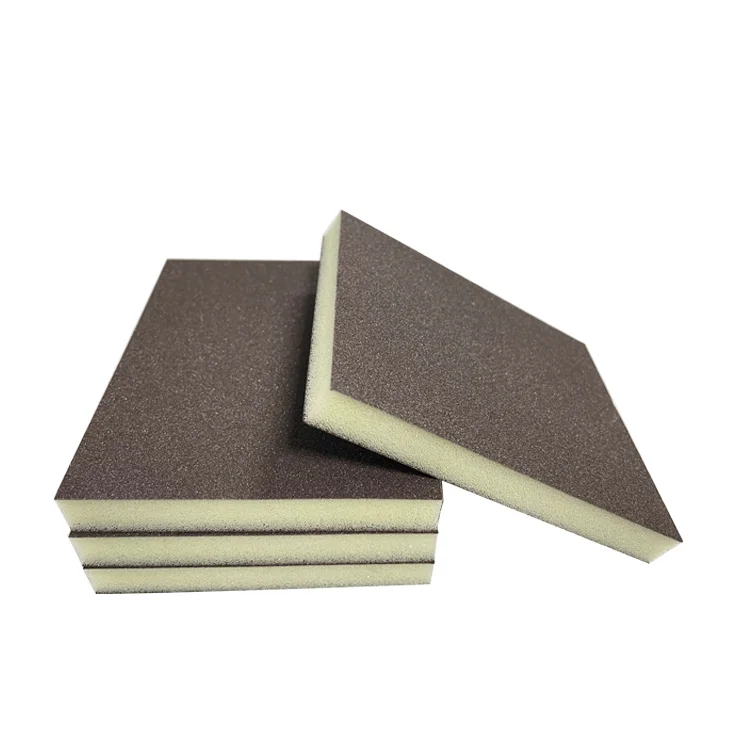In the quest for optimal indoor air quality, excessive ventilation is often viewed as a beneficial practice. However, while adequate ventilation is crucial for maintaining a healthy environment, over-ventilation can lead to a range of problems that may compromise both comfort and health. This article delves into two significant issues that can arise from excessive ventilation: energy inefficiency and indoor air quality degradation.
- Energy Inefficiency: The Hidden Cost of Over-Ventilation
One of the most immediate consequences of excessive ventilation is the increased energy consumption associated with heating and cooling systems. When buildings are over-ventilated, they often require more energy to maintain comfortable indoor temperatures. This phenomenon occurs for several reasons:
- Increased Load on HVAC Systems: Ventilation systems are designed to exchange indoor air with outdoor air to dilute pollutants and control humidity. However, when the volume of outdoor air introduced exceeds the necessary levels, HVAC systems must work harder to condition this air. This leads to higher operational costs and can significantly reduce the lifespan of heating and cooling equipment due to increased wear and tear.
- Thermal Discomfort: Excessive ventilation can lead to drafts and uneven temperature distribution within a space. Occupants may experience discomfort due to cold air influx, prompting them to adjust thermostats to compensate. This further exacerbates energy consumption, creating a cycle of inefficiency.
- Increased Utility Bills: The cumulative effect of heightened energy use translates into higher utility bills. For businesses, this can impact operational costs and profitability, while homeowners may find their budgets strained by unexpected energy expenses.
- Indoor Air Quality Degradation: The Paradox of Over-Ventilation
While the primary goal of ventilation is to improve indoor air quality, excessive ventilation can paradoxically lead to its degradation. This occurs through several mechanisms:
- Outdoor Pollutant Ingress: When ventilation rates exceed optimal levels, outdoor air, which may contain pollutants such as pollen, dust, and vehicle emissions, can infiltrate indoor spaces. This is particularly concerning in urban areas where air quality is compromised. The introduction of these pollutants can exacerbate respiratory issues and allergies among occupants.
- Humidity Imbalance: Over-ventilation can disrupt the delicate balance of indoor humidity levels. In climates with high outdoor humidity, excessive ventilation can introduce moisture into indoor environments, leading to condensation and mold growth. Conversely, in dry climates, the influx of outdoor air can lower indoor humidity to uncomfortable levels, causing dry skin and respiratory irritation.
- Increased Concentration of Indoor Contaminants: Ironically, while attempting to dilute indoor pollutants, excessive ventilation can lead to the accumulation of certain contaminants. For instance, volatile organic compounds (VOCs) emitted from building materials and furnishings may not be adequately mitigated if the ventilation system is not designed to handle the increased air exchange rates. This can result in higher concentrations of harmful substances in the air, posing health risks to occupants.
Conclusion: Striking the Right Balance
In conclusion, while adequate ventilation is essential for maintaining a healthy indoor environment, excessive ventilation can lead to significant problems, including energy inefficiency and indoor air quality degradation. It is crucial for building managers, architects, and homeowners to strike a balance between sufficient air exchange and the potential risks associated with over-ventilation.

